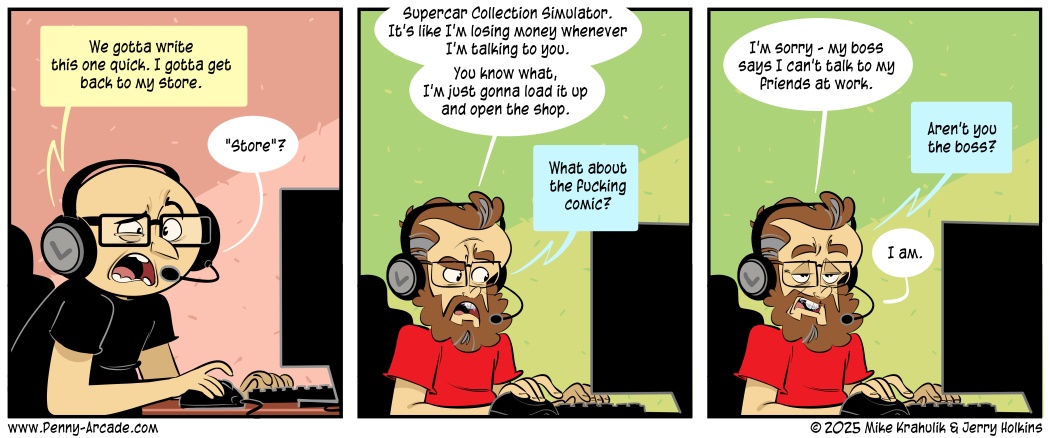The Rise of Daytime Clubbing: A New Era for Nightlife in the UK

Its an all-too-familiar scene: Im dressed to impress, standing outside a nightclub, once again questioning my life choices, but this time, Im blinking into the afternoon sun instead of the early morning glare. Fortunately, its 4:30 PM, not 4:30 AM, and Im not leaving the club but entering it. Along with my group of friends all, lets just say, femmes dun certain ge were ready to dance, drink, and wave our hands in the air like we just dont care. Mission accomplished!
As the evening rolls in, we find ourselves outside the club when the lights come on at 9 PM, still with plenty of time to catch public transport home. By 10 PM, Im nestled in bed, reflecting on an exhilarating yet manageable night. This is the magic of daytime clubbing, and I can confidently say Im now a proud convert.
Daytime clubbing, along with whats being referred to as light clubbing events that wrap up before midnight are emerging as bright spots in an otherwise dismal landscape for bars and clubs across the UK. According to the Night Time Industries Association (NTIA), which represents businesses in this sector, the Gross Value Added (GVA) of the night-time economy was recorded at 43.3 billion in 2023. This figure is a significant decrease from its peak of 47.5 billion in 2019, highlighting the challenges faced by this vibrant industry.
The decline in clubbing has been well-documented, and it has notably accelerated since the COVID-19 pandemic. Several factors contribute to this downturn, including tightened consumer finances, soaring operational costs, and increased regulations for venues. Perhaps most crucially, there has been a noticeable shift in societal attitudes. Todays youth seem less inclined to forget the myriad issues plaguing the world by spending time in a packed warehouse filled with electro beats and drunken revelry. Its a puzzling trend, to say the least.
The statistics are staggering. As per the NTIAs quarterly tracker produced in collaboration with CGA Nielsen, the number of nightclubs in the UK has plummeted from 1,240 in March 2020, at the onset of the lockdown, to only 835 by the end of 2024.
Given this backdrop, it appears that the responsibility of reviving club culture has fallen upon Generation X individuals born between 1965 and 1980 who are neither baby boomers nor millennials. It often feels like the sacrifices of this generation are never-ending.
Michael Kill, the head of NTIA, shares insights into the evolving preferences of club-goers. He notes that the younger demographic, aged 18 to 30, is in search of immersive club experiences, while older attendees crave that nostalgic feel-good atmosphere and the communal joy of dancing. This shift towards a more basic, straightforward clubbing experience is also financially beneficial. Kill points out, The older crowd is effectively subsidizing the younger generation, who might not have as much discretionary income.
However, the clash between the hedonistic ideals associated with nightlife and the daily realities faced by the sandwich generation those grappling with responsibilities ranging from caring for children and elderly relatives to managing high-stress jobs and mortgages is palpable. This challenging phase of life, commonly referred to as middle age, already comes with its own set of burdens, making it even tougher to endure the post-party hangovers and the accompanying existential crises that typically follow late-night outings.
From the perspective of the venues, daytime clubbing presents a practical solution. It allows large spaces that would otherwise sit empty during the day to be utilized, effectively breathing new life into the night-time economy. Promoters are now adapting by hosting events during daylight hours, a strategy that might be described by my esteemed colleagues in the economics team as an efficient sweating of idle assets.
Traditionally, clubs utilized only about 13 percent of their licensed hours, but that number has now increased to approximately 30 percent, as Kill explains. There is an understanding that you need to make it financially viable to compensate for the rising costs, he adds.
Daytime clubbing events are as diverse as their nighttime counterparts. Options range from unapologetic cheese-fests, like the Guilty Pleasures event I attended, to underground raves and polished gatherings featuring big-name DJs, such as Annie Macs Before Midnight. While some clubs also host family raves events designed for parents and their children these occasions differ greatly and often come with their own set of challenges.
Based on my firsthand experiences in the world of daytime clubbing, Id like to share a few essential tips for those considering diving into this new phenomenon. First and foremost, embrace the experience wholeheartedly. This is not the time to play it cool; sequins, themed outfits, and even leather chaps are all welcome. Trust me, you wont attract any judgment inside the club, though your fashion choices might raise some eyebrows on the high street. Secondly, remember that strength lies in numbers these events are best enjoyed with a group rather than attempting to navigate them solo. Lastly, arrive early. Waiting until you think its an appropriate hour for clubbing might backfire, as the dance floor will be packed with middle-aged partygoers who have already started drinking. Its best to avoid trying to catch up, especially given all the responsibilities awaiting you the next day.
For a brief window, daytime clubbing offers a refreshing escape from the stress of life. So why not go big and then go home? With these new offerings, you can enjoy a lively afternoon and still be tucked in by 10 PM, leaving you recharged for whatever challenges await you the following day.
To connect or share your thoughts, feel free to email Caroline at caroline.binham@ft.com. Stay updated on our latest stories by following FT Weekend on Instagram and Twitter, and dont forget to sign up for the FT Weekend newsletter delivered every Saturday morning.



























